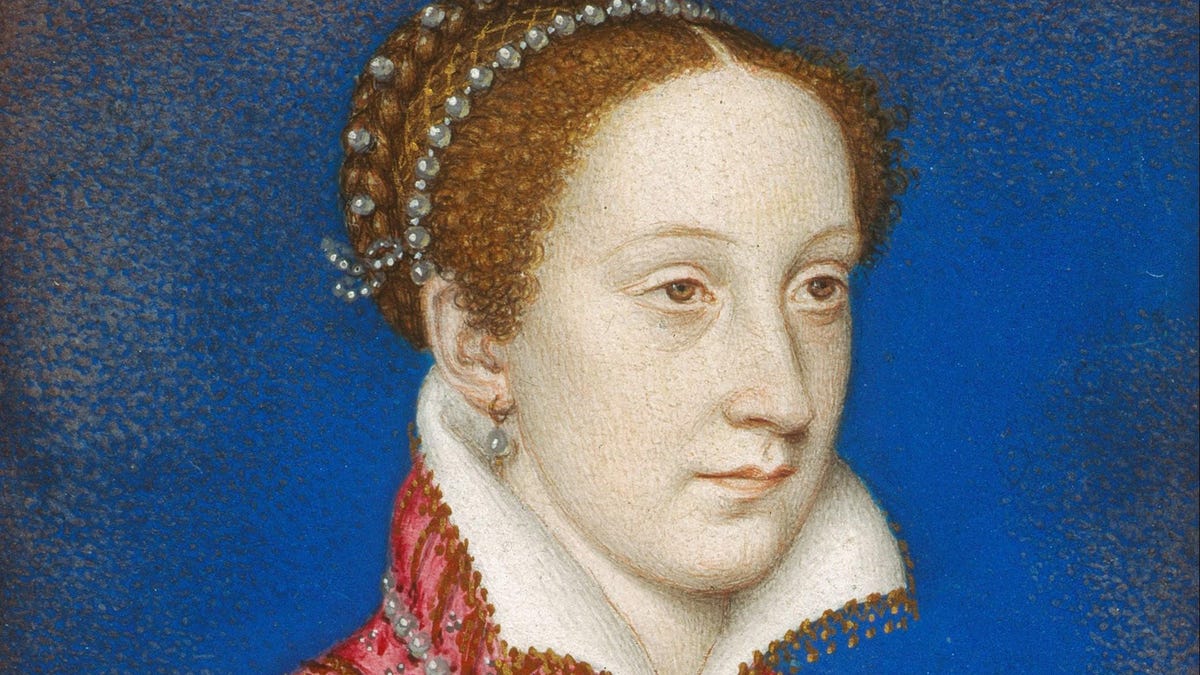“Unlocking the Secrets of Mary, Queen of Scots: Decoding the Hidden Messages of Her Encrypted Letters”
A computer scientist, a musician and a physicist enter the archive of a national library. It sounds like the start of a joke, but the punchline is serious: Researchers from various backgrounds managed to find and decode 57 letters written by Mary, Queen of Scots, from her cousin Queen Elizabeth I during her captivity.
The letters date from 1578 to 1584, just before Mary was beheaded on February 8, 1587. Mary was convicted of assisting in an assassination attempt against Elizabeth I, her cousin. The decrypted letters contained approximately 50,000 words and 50 previously unknown scripts that Mary used in encrypted communication with her co-workers. The team’s research is published today in Cryptologia.
“To crack the code, we used a technique called hill climbing from the field of optimization problems. We start with a random key, decrypt the ciphertext with that key, make a small change to the key, and decrypt again,” George Lasry, a computer scientist and member of the DECRYPT project, said in an email to Gizmodo. “If the decryption is better, we keep the change. Otherwise we discard the change.”
Lasry and his collaborators – Norbert Biermann, music professor at the Universität de Künst Berlin, and Satoshi Tomokiyo, physicist and patent expert – searched the online archives of the Bibliotèque Nationale de France for encrypted letters. (The library is full of valuable written documents of historical importance, from Marie Curie’s radioactive notebook to Korean woodcut documents, some of the earliest documents ever printed.)
A graphic showing some terms and parts of speech with their corresponding scrambled symbol. Graphic: 2022 Lasry, Biermann, Tomokiyo
G/O Media may receive a commission
The trio came across several uncategorized, coded documents listed by the library as early 16th-century works related to Italy. But upon reviewing the documents, investigators found they were in France and had nothing to do with Italy.
Lasry said the team’s eureka moment was finding the name “Walsingham” in the letters. Francis Walsingham was Elizabeth I’s chief secretary, and his team deciphered enough of Mary’s correspondence during her captivity to build a case for the execution of the Catholic royal family. The team wrote in their newspaper that Walsingham is “frequently mentioned in the letters in which Mary Castelnau warns of his plans in France and Scotland and describes him negatively as a cunning person who falsely offers his friendship while revealing her true intentions.” hides”.
Mary also responds to the kidnapping of her teenage son James. “A series of letters from the second half of 1582 underscores Mary’s desperate reaction to news of the kidnapping of her son James by a Scottish faction (Ruthven Raid), in which she desperately appealed to France for help. When the French king finally sends an envoy to Scotland, Mary expresses her dissatisfaction with the results and her feeling that she and her son have been abandoned by France,” the team said.
“This is just the first phase of the project,” Lasry said. “We are very excited to see what insights historians can draw from these letters.”
The work is time-consuming. The 57 letters contained around 150,000 individual characters to be edited; Transcription of the documents took longer than cracking the code, Lasry said.
Libraries are a great place to keep documents safe (with the notable exception of the Library in Alexandria). However, in the vast collections, remarkable materials can be lost and forgotten. Two years ago, researchers found a rare version of the legend of King Arthur written 800 years ago in a Bristol library. And last year, researchers found scrawls of a woman named Eadburg in an 8th-century Old Testament manuscript.
Closer examination of the Mary letters may unearth more details about her time in captivity and the amount she knew of the work being done on her behalf by her associates.
More: How did Mary Queen of Scots send secret messages?
Source: gizmodo.com
Don’t miss interesting posts on Famousbio










